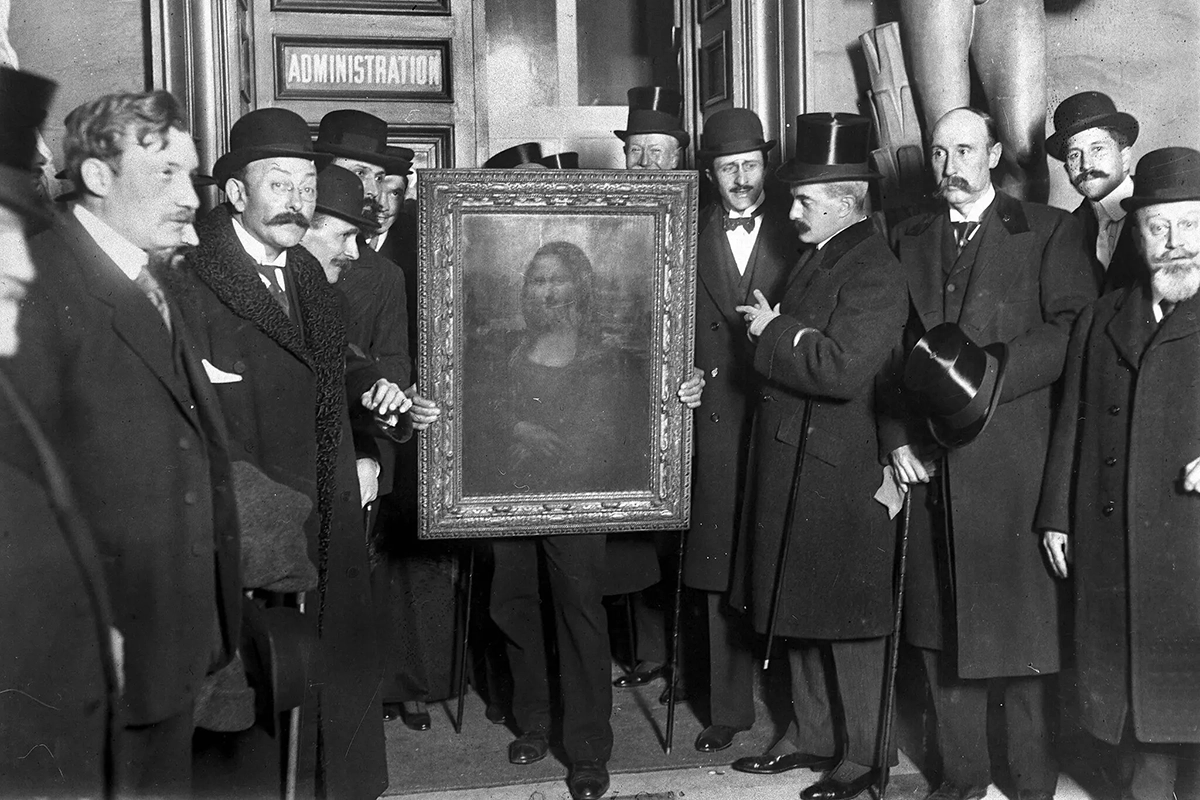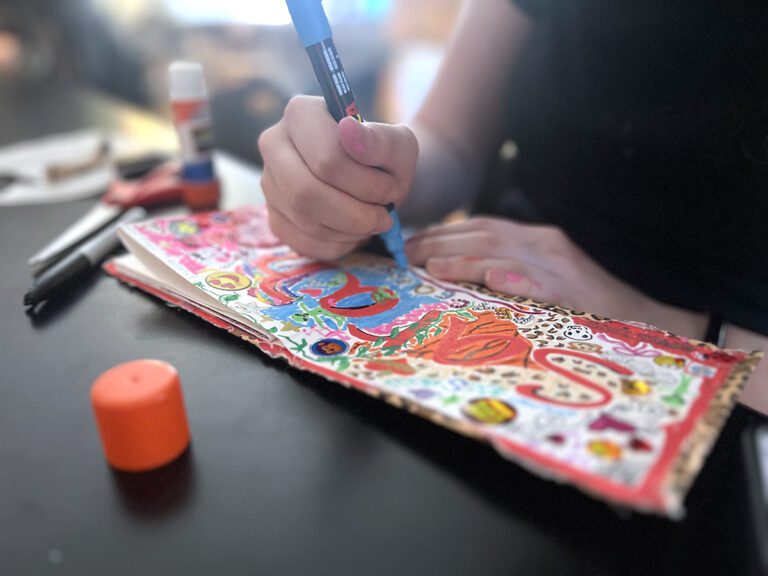Art teachers encounter oddities in the art room all year long. Have you ever caught a student crossing your name off your sample project to try to pass it off as their own? Whatever brazen behaviors you witnessed this year, know that it’s not just you. History is full of people who did things that were absolutely bananas. Unwind this summer with the three stories of audacious crimes below. From the con who sold the Eiffel Tower for scrap to the theft of the Mona Lisa or the man who forged paintings that never existed, not only will you find intrigue, but you may find yourself looking forward to school starting so you can share them with your students too!
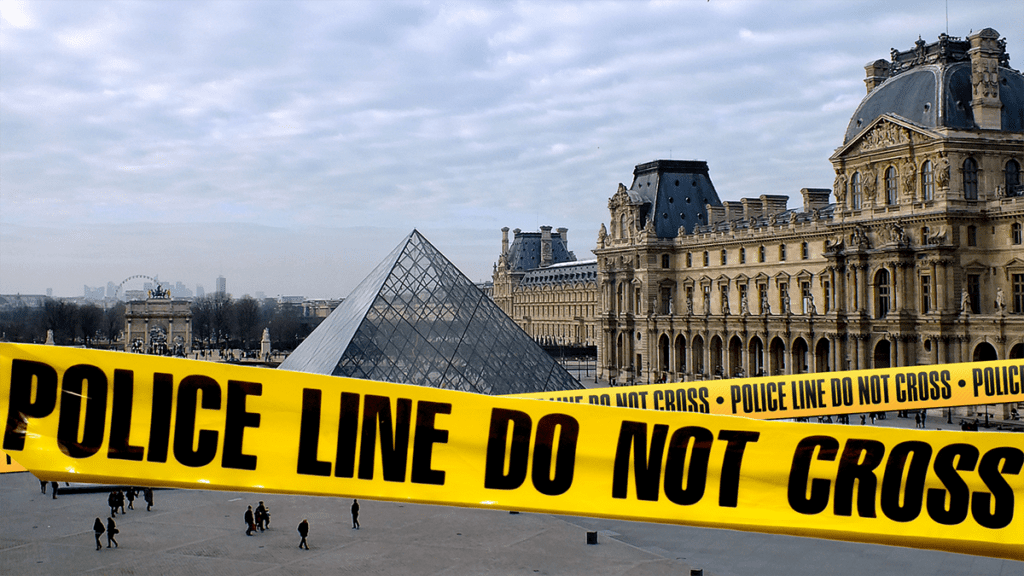
A con artist sold the Eiffel Tower for scrap—twice!
The French built The Eiffel Tower for The Exposition Universelle of 1889. They wanted it to be a temporary tower to showcase Paris as a modern, industrial powerhouse. Standing at around 984 feet, it was the tallest man-made structure in the world at the time. Government officials planned to tear the tower down after 20 years. This context provided an interesting opportunity for a clever and audacious con artist.

Posing as a government official, Victor Lustig targeted scrap metal companies. He weaved a tale that the Eiffel Tower was too expensive to maintain and needed to be torn down and sold. Lustig focused on the most anxious bidder, André Poisson. Feigning empathy for the underdog, Lustig offered a “backdoor” deal, or a bribe, to secure the contract. Poisson never reported the crime. Whether he didn’t want to face the humiliation of bad press or feared implicating himself, the businessman remained silent.
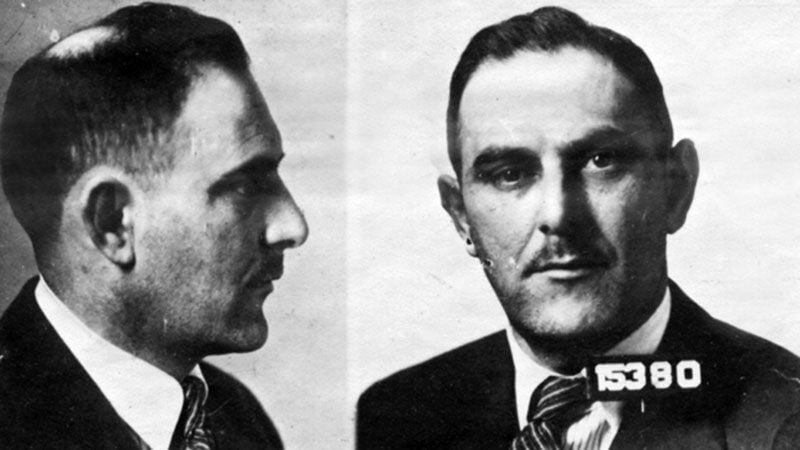
Emboldened by his success, Lustig returned to Paris, ready for round two. This time, however, his luck ran out. A more cautious businessman grew suspicious and contacted the authorities. Lustig fled France, leaving behind a trail of laughter and disbelief. Perhaps the most amazing fact about Lustig is that selling the Eiffel Tower is only a small part of his criminal portfolio. If you want to learn more, read Victor Lustig: The Man Who Conned the World by Christopher Stamford.
The man hired to protect The Mona Lisa ended up stealing it instead.
The Mona Lisa is a great example where a lot of the artwork’s significance comes from the audience’s response to the piece. Although Leonardo da Vinci painted it in the early 16th century, many key aspects, such as the “enigmatic smile,” came from the writing of 19th-century Romantic poets. The writing created intrigue that has shaped public perception of The Mona Lisa ever since.
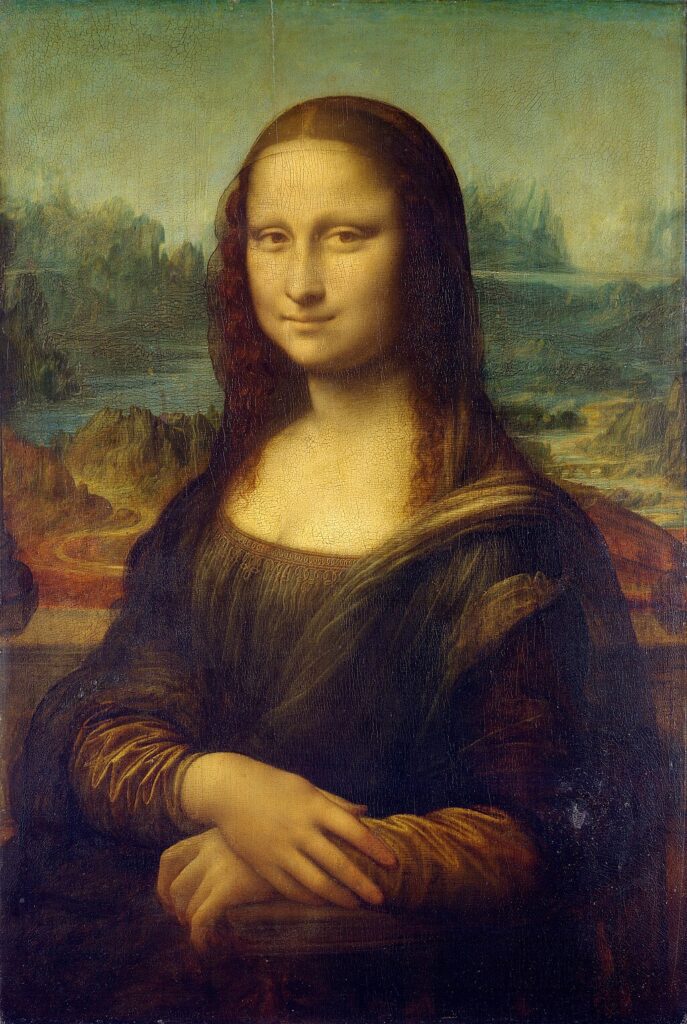
The Mona Lisa is an unlikely candidate to become the most famous painting in the world. The small size of the portrait is often surprising to many people. Plus, we know very little about the woman in the painting. So why do millions of people visit The Louvre every year to see this artwork? This is largely because it wasn’t available to see for two years—in 1911, The Mona Lisa was stolen.
Many aspiring artists visit museums around the world to study masterpieces. One of them by the name of Louis Béroud was angry that the museum was installing glass to protect the paintings. He decided to make an original painting in protest. He intended to paint a woman staring at her own reflection in the glass to emphasize the glare and poor visibility. When he arrived at the museum on August 22, Béroud discovered that he couldn’t paint a picture emphasizing his hindered view of The Mona Lisa because he couldn’t see the painting at all—it was missing from the gallery! The museum guards assumed photographers had taken it and didn’t realize it was missing.
The French press had a great time following the investigation. They loved poking fun at the government’s inept security. There were sensational turns as police questioned famous figures like Pablo Picasso and Guillame Apollinairre. While both were not involved in the theft of The Mona Lisa, Picasso did have Iberian sculptures stamped “Property of The Louvre” in his studio.
After a two-year search, police caught Vincenzo Peruggia, who was attempting to sell The Mona Lisa to an art dealer in Florence, Italy. Peruggia was the handyman the museum hired to build the protective glass cases for several artworks. One day, he hid in a closet and took the painting off the wall after the museum closed. In the morning, he walked out with it under his cloak. Police never imagined a man with a postcard of The Mona Lisa on his mantle had the real thing tucked away in his closet!
As the investigation drew headlines around the world, the painting made a leap from gallery walls to popular culture. The story of The Mona Lisa has many interesting twists and delightful ironies that have made it one of the greatest art crimes of all time. If you want to learn more about it, read The Mona Lisa Vanishes by Nicholas Day or listen to it online.
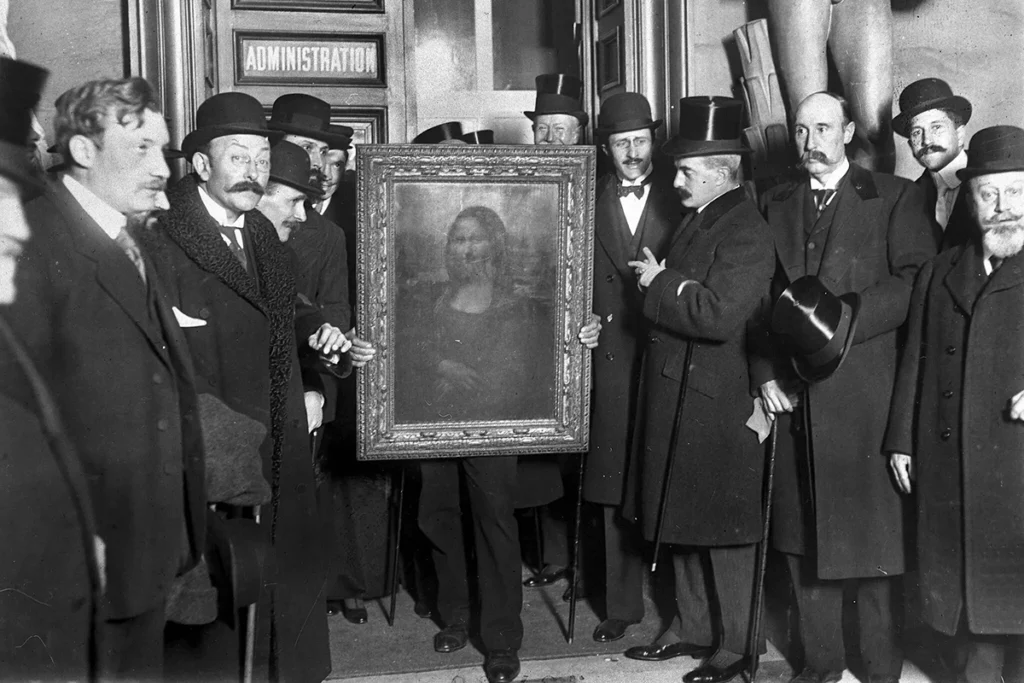
A tube of paint brought down one of the world’s most successful art forgers.
Wolfgang Beltracchi wasn’t your typical art forger. Instead of copying known works, Beltracchi created original paintings to fill the gaps in an artist’s body of work. He scoured art catalogs, searching for paintings mentioned but never photographed. Then Beltracchi would paint the “missing link,” or a piece that seamlessly fit into the artist’s progression.
Beltracchi became a master storyteller and fabricated “evidence” to support his account. He searched flea markets for vintage cameras and photographic paper so he could craft the perfect historical illusion. His wife, Helene, dressed in period clothing, pretended to be her grandmother sitting proudly beside a canvas to show it had been in their collection for decades. Beltracchi forged documents such as letters from deceased art dealers that vouched for the painting’s authenticity.
For years, Beltracchi fooled the art world and made millions of dollars. But even the most cunning con man can make a mistake. In Beltracchi’s case, the mistake came in a paint tube. Beltracchi ran out of zinc white when painting a piece from pre-war Europe. Instead of mixing up his own paint, he used a tube that contained titanium, an ingredient not used in paint from that time period. If you want more details, read Wolfgang Beltracchi: The Return of Salvator Mundi by Alberto Venzago.

Students love to learn from the shady side of art history!
We all love a good story with an element of mystery. If these crimes have you hooked, imagine how much fascination your students will find in them too! For more wild art history tales, check out the following resources and opportunities:
- Read 4 Artworks With Mysterious Pasts to Shock Your Students This Month.
- Peruse 6 Seedy Parts of the Art World Art Educators Love to Teach.
- Listen to other art history cons, capers, and crimes.
- Register for the next NOW Conference where you can dive deeper into ridiculous art history!
Once you plow your way through these stories this summer, harness these fun facts and anecdotes to pique your students’ curiosity about art history. Use the story of The Mona Lisa to illustrate how people’s responses to an artwork can transform its meaning and value. Emphasize how it took an artist to notice the painting was missing! Point to Wolfgang Beltracci to highlight the importance of doing one’s research and selecting the right tools for the job. The next time your students do something that makes your brain hurt, remember it pales in comparison to these cons!
Do you have a favorite odd or unexpected story that changed your view of art history?
What silly shenanigans or creative capers have your students tried to pull this year?
Magazine articles and podcasts are opinions of professional education contributors and do not necessarily represent the position of the Art of Education University (AOEU) or its academic offerings. Contributors use terms in the way they are most often talked about in the scope of their educational experiences.
